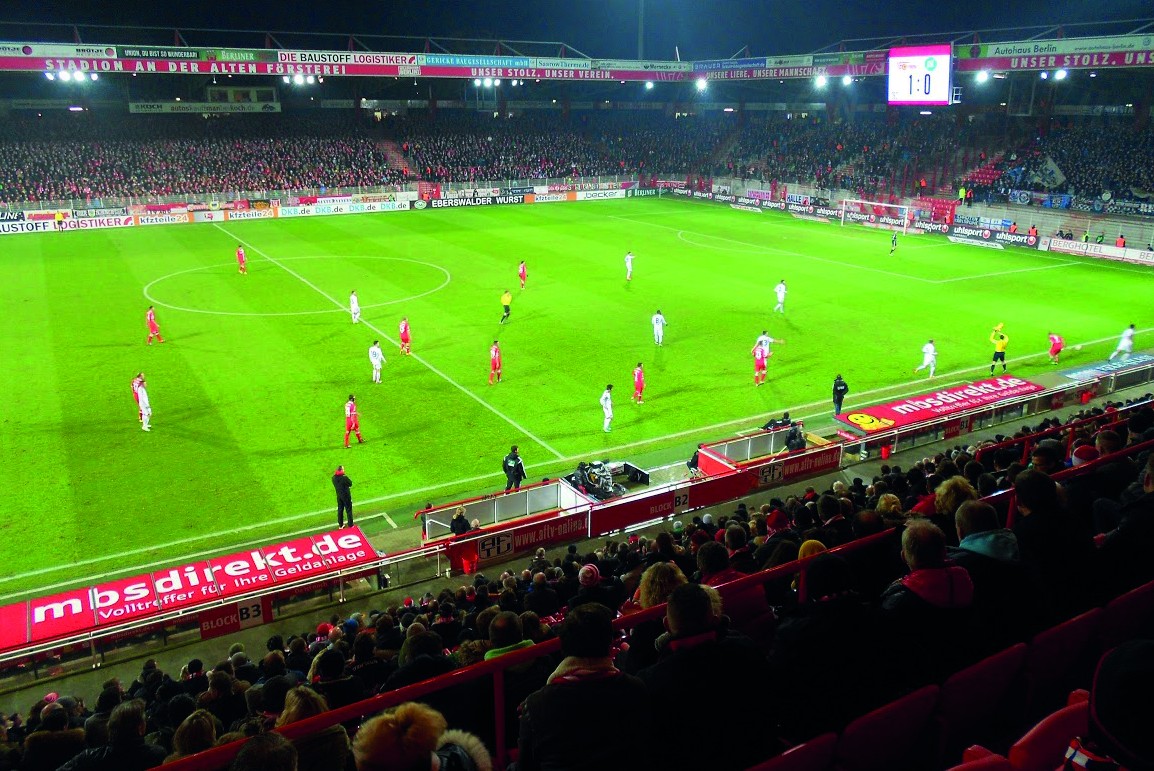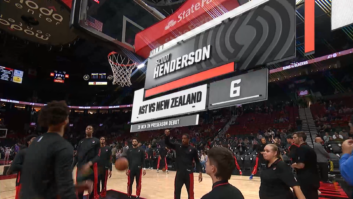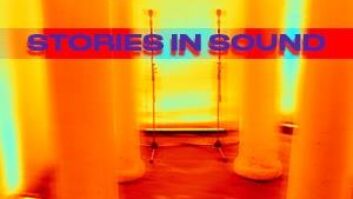
In many ways stadiums can be said to be at the forefront of the trend towards greater convergence between AV and IT infrastructures. But what are the rewards – and restrictions – of deploying truly converged network environments, asks David Davies?
In 2015, no one would dispute the benefits of incorporating a sophisticated network infrastructure into a new-build or refurbished venue. But what remain the subject of rather more intense debate are the practicality and desirability of carrying many different data types within the same network environment.
The buzzword here, of course, is ‘convergence’, and while its application might vary considerably, there seems little doubt that it has been occurring for some time now. “With the latest advancements of IP and the underlying Ethernet technology, the technological prerequisites for supporting different services demanding of high performance and quality of service on the same network infrastructure are now available,” says Andreas Hildebrand, senior product manager at Ravenna networking technology developer ALC NetworX. “The AES67 standard for high-performance audio distribution and AVB extensions for Ethernet infrastructure are just two prominent examples of available standards and technologies to support convergence in this field.”
Stadiums’ diverse data requirements – not to mention their traditional status as technological trendsetters – would logically lead many observers to expect them to be among the first candidates for fully converged networks. The anecdotes relayed to Installation by interviewees for this article indicate that this is the case, but also underline the many different factors that must be taken into account to make such complex environments work successfully, not least prioritisation and synchronisation issues. In particular, the increasing expectation that fans will have access to high-quality video both on stadium screens and their own smartphones is adding significantly to bandwidth demands.
No wonder, then, that successful collaboration between stadium project stakeholders – most importantly AV and IT personnel – may be the most critical component of all. As Audinate regional manager of global support services Kieran Walsh remarks: “Convergence is a concept. The decision to wield the concept successfully or otherwise is what makes an instance concrete.”
Reduced maintenance and support requirements, and greater cost-efficiency (when implemented correctly!) are among the most salient reasons to seek a converged set-up. And while the infrastructural implications will vary considerably depending on whether it’s a new or a refurbished stadium, some design principles are universal.
Ramon Pankert is product manager at real-time networking specialist Riedel Communications, which has used solutions including its integrated media signal distribution and processing product MediorNet Compact to bring a unified approach to venues such as that operated by FC Union Berlin. Convergence, says Pankert, “leads to much less cabling, along with time and cost savings while refurbishing or building a stadium. Once installed, agile technical infrastructures allow stadium owners to accommodate different types of events and grow their business.”
Data types that AV and IT teams might wish to run along the same cabled infrastructure include IT, comms, PA/VA, scoreboard content, CCTV, video for replay and IPTV. Ensuring there is sufficient bandwidth is one obvious essential – but so too are maximising reliability and minimising latency.
“Most of the data services typically deployed in modern stadium installations require not just higher bandwidth, but also quality of service guarantees and precise timing distribution,” confirms Hildebrand.
Different solutions will have varying requirements. For example, deciding to implement Audio/Video Bridging would likely mean a complete renewal of an existing network infrastructure, since AVB requires specific network switching technology. “But even if the decision is made to run the services on Layer 3, it may require an upgrade of existing network equipment as some of the older gear may not be capable of supporting the required quality of service parameters or packet processing and forwarding demands.”
Furthermore, it may be necessary to introduce network equipment with an awareness of PTP (Precision Time Protocol). Originally published in the IEEE 1588-2002 standard, but then revised in 2008, PTP is used to synchronise clocks throughout a computer network. With PTP, synchronisation and management are achieved via the exchange of messages across the communications medium. Correctly implemented, PTP-compliant technology can “guarantee the tight synchronisation requirements of most of the real-time media services,” says Hildebrand.







